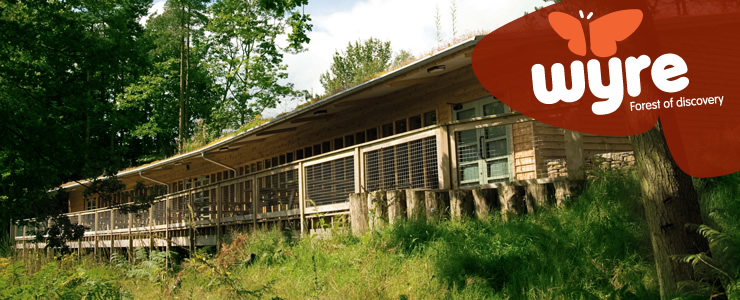
|
|
|
|
|||||||
|
The Wyre Forest (Forestry Commission) is one of the largest ancient oak woodlands in England and its patchwork of habitats is invaluable for wildlife such as Fallow Deer, Adders, Dormice and Wood Ants. Wyre and its surrounding woodlands are fantastic places to enjoy the fresh air and have fun outdoors. There is something for everyone all year round, from walking and family cycling to Go Ape, learning and adventure play. There are 3 waymarked walks of varying length (including an all ability trail) and a family bike trail, all allowing you to explore and discover different parts of the forest. Information accompanying these trails is available from the Forest Café. Orienteering courses are set up at Callow Hill and Hawkbatch – maps and information can be obtained from the Forest Café. Horse riding is allowed by permit. There is a network of trails linking up with bridleways. Permit and maps are from the Forest Café. There is also a Go Ape! Hire wire course offering a thrilling treetop adventure. GoApe! 0845643215. Book via website www.goape.co.uk Visit the Wyre Community Discovery Centre building incorporates various green technologies and has views into the forest. Here the Discovery Centre team organises educational programmes for school groups of all ages. During the school holidays it runs a programme of activities for children and families. Craft courses and wildlife focus days for adults are also held at the Discovery Centre and there are numerous volunteering opportunities for those with some time to spare. The Wyre Forest is underlain by rocks belonging to a period of time known as the Carboniferous, approximately 310 million years ago. At this time the layout of the oceans and continents across the Earth was very different from today. England and Wales were part of the supercontinent of Pangaea just south of the equator. Most of the world’s land surface was then centred on the equator. The environment and landscape then differed greatly from that seen today. It was a dynamic mixture of tropical forests, swamps and sandy deltas fed by rivers that frequently flooded. This dynamism is reflected in the variety of sedimentary rock types seen both in the Forest. The Carboniferous swamp environment was probably similar to a modern day equatorial forest. The trees, however, were a mixture of primitive types, lacking the flowers of their modern counterparts. They were mostly fern-like or else giant predecessors of the present-day horsetails, which grew up to 10m tall. There were huge dragonflies with a 1.5m wingspan and amphibians like giant newts that were still dependent on water for breeding. Explore the Geology and Landscape of the Wyre Forest
There’s lots on offer at the Wyre Forest, so you’re sure to find something to suit you and your family or group:
Forest carpark: Opens at 7.30am every day and closes at dusk.
Forest Cafe – Open daily, (except Christmas day) 10am to 5pm (or dusk in winter).
Go Ape – opening times.
|
|||||||
|
Powered by WordPress & Atahualpa |
|||||||